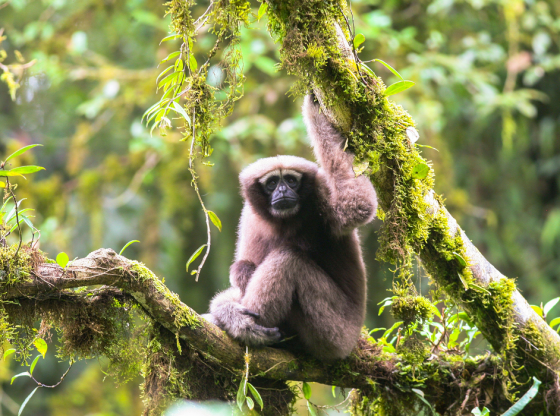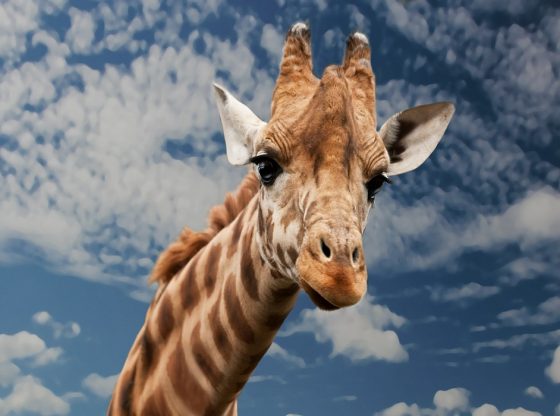
Researchers have found a large number of eggs of the skate species Bathyraja spinosissima in close proximity to hydrothermal vents.
The researchers discovered a type of ray that lay their eggs in proximity to underwater volcanoes – where the water can reach temperatures of up to 400 degrees Celsius.
This species of skate normally lives at depth of up to 3,000 meters and apparently lay their eggs in Deep-sea hydrothermal vents. It is the first time that researchers have seen this behavior in any animal in the ocean.
“Hydrothermal vents are extreme environments, and most animals that live there are highly evolved to live in this environment,”
“This study is one of the few that demonstrates a direct link between the vent environment and animals that live most of their life elsewhere.”
– Charles Fisher, Professor and Distinguished Senior Scholar of Biology at Penn State and an author of the paper.
The discovery was made in the vicinity of the Galapagos Islands at a depth of more than 1,500 meters. The surrounding water is much warmer and the scientists believe that this is beneficial to the development of the eggs thanks to the volcanic activity.

The researchers found 157 egg cases in the area and collected four with the ROV’s robotic arm. The majority – 58 percent – of the observed egg cases were found within about 20 meters of the chimney-like black smokers, the hottest kind of hydrothermal vents and over 89 percent had been laid in places where the water was hotter than average.
The researchers believe that since the hatching time is especially long for rays, several years even, the warmer water might speed up the hatching time and thereby increase the chances for the eggs to survive.
Reference:
Salinas-de-León et al. “Deep-sea hydrothermal vents as natural egg-case incubators at the Galapagos Rift“. Scientific Reports. February, 2018. DOI: 10.1038 / s41598-018-20046-4











![OpenAI. (2025). ChatGPT [Large language model]. https://chatgpt.com](https://www.illustratedcuriosity.com/files/media/55136/b1b0b614-5b72-486c-901d-ff244549d67a-350x260.webp)
![OpenAI. (2025). ChatGPT [Large language model]. https://chatgpt.com](https://www.illustratedcuriosity.com/files/media/55124/79bc18fa-f616-4951-856f-cc724ad5d497-350x260.webp)
![OpenAI. (2025). ChatGPT [Large language model]. https://chatgpt.com](https://www.illustratedcuriosity.com/files/media/55099/2638a982-b4de-4913-8a1c-1479df352bf3-350x260.webp)








